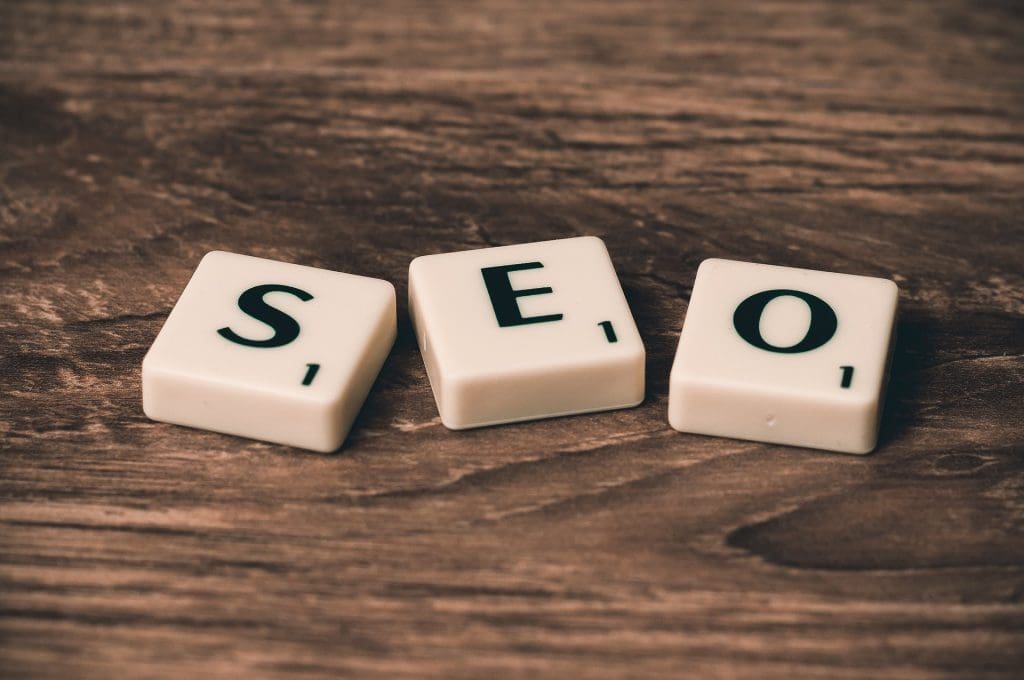
SEO, or Search Engine Optimisation, is key to getting your business noticed online. It’s a process by which the quality and quantity of website traffic is improved by increasing the visibility of a site in search engine rankings.
But there are two types of SEO – do you know the difference?
On-Page SEO
This is the type most people have heard of. It’s self explanatory and refers to optimisations you can make to get your website ranking for the keywords you’ve decided on. You have complete control over On-Page SEO and there’s a number of things you can do to really stand out.
Content
Create engaging content which is relevant to your industry and which your customers will be interested in reading. Not only does this increase the chances of other sites linking to your page, it also provides you with content to share on social media to drive traffic to your own site. Consider questions your target audience might have both about your products and your sector as a whole. When you produce blog content, attempt to answer these questions and provide other relevant information.
Keywords
Insert your target keyword at the start of page titles, as well as in meta descriptions. Both appear in search engine results and they’re vital for SEO. Make sure both describe the contents of the page they relate to. Keywords should also appear throughout your pages’ content, especially in any introductory text you may have. However, be wary of overstuffing your content with keywords, as this can actually have an adverse effect on your ranking. You should also avoid using the same keyword on multiple pages.
Links
Insert internal links that direct the reader to other relevant pages on your site. This allows for easy navigation and means search engines can better index your website’s pages. For example, here’s a link to our services. It really is that easy. You should also insert an outbound link to another high domain authority page.
URLs
Once you have selected a suitable keyword, insert it into the URL of the post you are creating. If you go back to old blog posts to carry out the SEO process, avoid changing these URLs, unless you have redirects in place, as you could end up with a number of messy, broken links.
Images
You should add alt text which reflects your keywords to all of the images on your page. Whilst it is unlikely your audience will notice this, Google will, as it looks to images to analyse page content.
Off-Page SEO
This is a process which, as the name suggests, doesn’t occur on your website. It mainly involves link building. Try to get other high domain authority pages to link back to yours. Your own domain authority will then increase and boost your search engine rankings. You will slowly begin to rank for ever more competitive search terms. You can encourage links by producing high quality content for your site that other companies want to link to. You could also produce content specifically for publication on other sites, which links back to your own site.
Crucially, remember that successful SEO isn’t a case of ‘one’ or ‘the other’. To really see the power of SEO, both On-Page and Off-Page should be used together.
Creation ADM’s Services
If you are on the hunt for a marketing agency, Manchester based Creation ADM are here to help. We carry out SEO activities for a huge number of clients – could you be our next? Contact us on 0161 236 3939 to discuss your needs.
More Stories
Are Review Counts More Important Than Star Ratings?
The Creation PR team knows how much companies gain from great reviews, especially online. But what’s unclear is the correlation between star ratings, reviews and…
Read MoreiBreathe: Ready to Start Stopping?
We’re delighted to announce that we have been appointed by iBreathe UK to create and implement a rebrand and repositioning for the UK-based vaping and…
Read MoreCreationADM bolsters creative team with new appointment
We are thrilled to welcome Abi Allen as our new Creative Designer. Abi will join the experienced creative team as they gear-up to look after…
Read More


